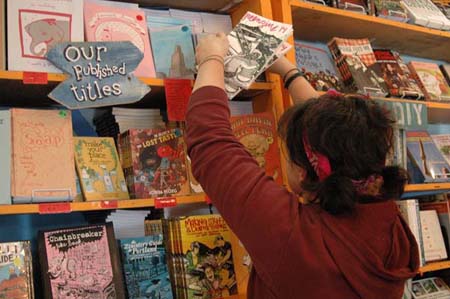Meet the Microcosm Staff: Tim Wheeler, publicist
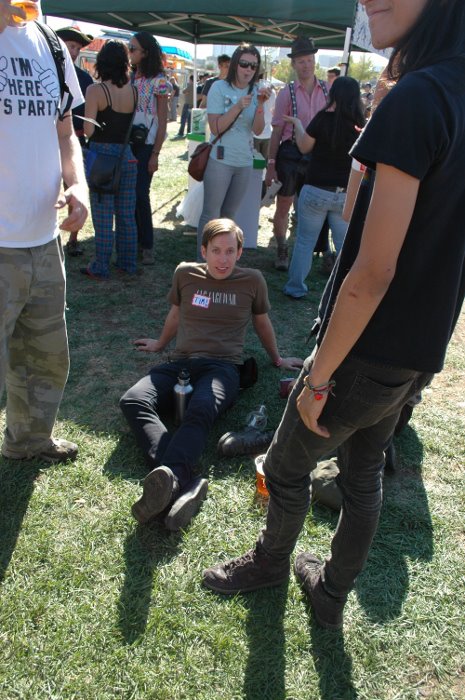 In my quest to introduce our workers to the world, I sent some prying questions this week to Tim Wheeler, who’s been running Microcosm’s publicity operation since 2012, when he worked from a tiny desk atop a lofted platform atop ten teetering feet of stacked boxes of books. Now you can find him behind a comparatively spacious desk upstairs in our new office, barricaded behind stacks of advance copies of books that haven’t come out yet. Read here for more about Tim in his own words—and you can also scope his taste in his staff picks superpack and a list of his top ten favorite things we carry.
In my quest to introduce our workers to the world, I sent some prying questions this week to Tim Wheeler, who’s been running Microcosm’s publicity operation since 2012, when he worked from a tiny desk atop a lofted platform atop ten teetering feet of stacked boxes of books. Now you can find him behind a comparatively spacious desk upstairs in our new office, barricaded behind stacks of advance copies of books that haven’t come out yet. Read here for more about Tim in his own words—and you can also scope his taste in his staff picks superpack and a list of his top ten favorite things we carry.
What’s your role here at Microcosm and how did you make your way here? Harrowing tales encouraged.
I mostly do the press and publicity type things for Microcosm—doing my best to make the world know our new books exist. I got here by way of Los Angeles. I lived there for about 6 years, spending most of my time there working in the most corporate parts of the corporate music world. I had more than enough of that and was looking for a change. I, along with my two roommates and another friend, did what most people do when they’re fed up with the expensive, stressful life that comes with living in Los Angeles…we moved to Portland.
I knew there was no music industry in Portland, so, having already been a fan, I jokingly told people I’d just work for Microcosm. After a few months of wandering aimlessly around town for no particular reason, I decided I should spend my time volunteering. I sent a volunteer application to Microcosm and got a job instead.
Can you share some publicity success stories that you’re particularly proud of / stoked about / baffled by?
My favorite type of publicity success is when I contact someone and it turns out that they not only took the time to respond, but that they’re a fan. When it’s something they’re into and looking forward to, it turns from business transaction to collaborative project. When the last Henry & Glenn came out I pitched one of the editors of SPIN, which is a big enough national publication to be a bit of a long shot for us, even for one of our most popular releases. But, as it turns out, he was already a fan, stoked to help out, and turned out to be the sort of dude I’d want to grab a beer with and grill about music and books.
Anyone who’s done publicity work or something similar knows that in between the successes there are a lot of days when it feels like shouting into the void. How do you weather those days?
It’s true, most of publicity feels like throwing books into a dark hole that never seems to fill up or shouting into the void or exercising various editors delete fingers as they ignore your emails. However you want to put it. But I can’t think of a single book since I’ve been at Microcosm that I have felt wasn’t worthy of attention. That, combined with the sheer volume of books and other media out in the world deserving of (or at least looking for) coverage, and the timing/luck required to get them into the right hands, means the ratio of shouting to response is just a part of the job. I don’t usually get discouraged because, for better or worse, the response aligns with my expectations. Sometimes a book will exceed those expectations, and then all the yelling feels justified.
You know the drill by now—share your favorites, please!
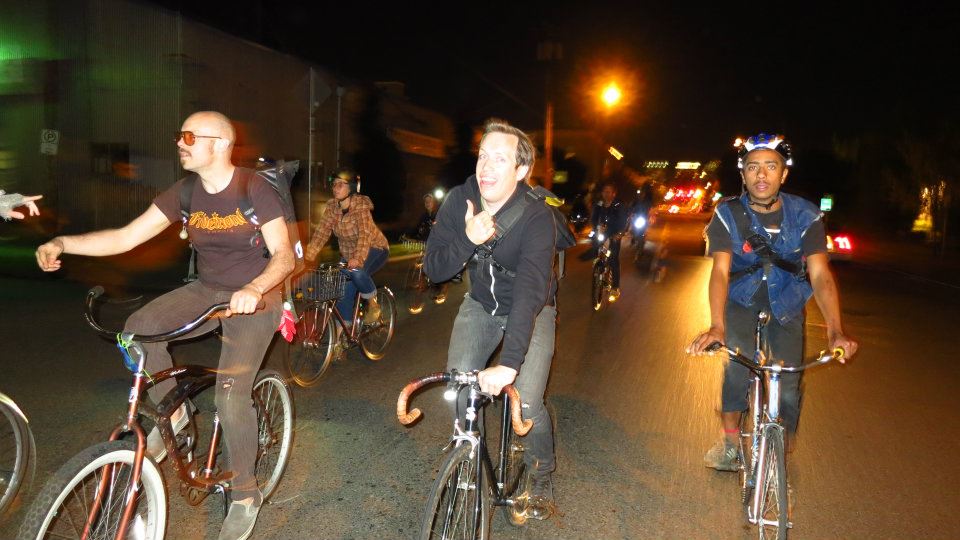 a) Place in Portland: I feel like I need to split this into two categories, since Portland is a pretty great city surrounded by a lot of amazing nature. My favorite outdoor space is the myriad of hidden beaches, rocky outcroppings, and tree lined spots along the Willamette and Columbia rivers, but my favorite is actually a little outside Portland. Hog Island is south of Portland on a stretch of river dominated mostly (and unfortunately) by private estates with “No Trespassing” signs on their docks, but Hog Island is a small, uninhabited island close to a sheer cliff on the west bank of the river. Accessible only by boat (or in the case of my friends and I, a homemade raft of scrap wood and metal pieces with my bike strapped to the side), it’s really just a football field sized chunk of dirt with some trees and sandy beaches, but it feels like you’re hundreds of miles from civilization while floating in the calm stretch of water next to it. As far as indoor spaces, Saraveza happens to be my neighborhood bar, one of the best beer bars in the country (which I’m very much a fan of), and full of some really damn friendly people. It’s the perfect spot to hang out for a bit on a rainy day.
a) Place in Portland: I feel like I need to split this into two categories, since Portland is a pretty great city surrounded by a lot of amazing nature. My favorite outdoor space is the myriad of hidden beaches, rocky outcroppings, and tree lined spots along the Willamette and Columbia rivers, but my favorite is actually a little outside Portland. Hog Island is south of Portland on a stretch of river dominated mostly (and unfortunately) by private estates with “No Trespassing” signs on their docks, but Hog Island is a small, uninhabited island close to a sheer cliff on the west bank of the river. Accessible only by boat (or in the case of my friends and I, a homemade raft of scrap wood and metal pieces with my bike strapped to the side), it’s really just a football field sized chunk of dirt with some trees and sandy beaches, but it feels like you’re hundreds of miles from civilization while floating in the calm stretch of water next to it. As far as indoor spaces, Saraveza happens to be my neighborhood bar, one of the best beer bars in the country (which I’m very much a fan of), and full of some really damn friendly people. It’s the perfect spot to hang out for a bit on a rainy day.
b) Place in the world: That’s even tougher. I think the most I can narrow it down is to the California desert. However many endless miles it is. From Joshua Tree to the Salton Sea to Blythe to that Chinese restaurant in California City. I actually kind of hate the heat, but sometimes it’s important to feel tiny in an endlessly expansive place.
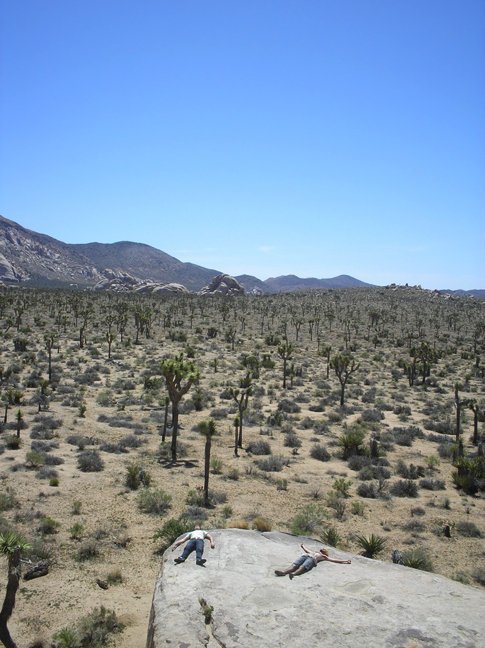 c) Snack food: My favorite foods are of the Mexican variety, but as far as snacks, I can endlessly shovel hummus into my mouth. All I need is a chunk of bread or cucumber or chip or finger.
c) Snack food: My favorite foods are of the Mexican variety, but as far as snacks, I can endlessly shovel hummus into my mouth. All I need is a chunk of bread or cucumber or chip or finger.
d) Music genre: I’m not really sure what to call my favorite musical genre. Somewhere in the intersection of old country and new rock and dirty punk and too much booze. Things like Uncle Tupelo on the folk end and Country Teasers/Jon Wayne on the punkish end and Granfaloon Bus on the sad drunk end. But I’m really all over the map when it comes to music. It’s always been the main form of art and expression in my life and, up until Microcosm, my only profession.
e) Craft/Hobby: As is appropriate for a Microcosm employee, my main hobby (and facilitator of most other things I do) is cycling. Whether it’s going fast, going far, on dirt, camping, freak bikes, socializing, or just avoiding having to drive somewhere, I’m into it.
This is the latest in a series of interviews with Microcosm workers. The last interview was with designer Meggyn Pomerleau.
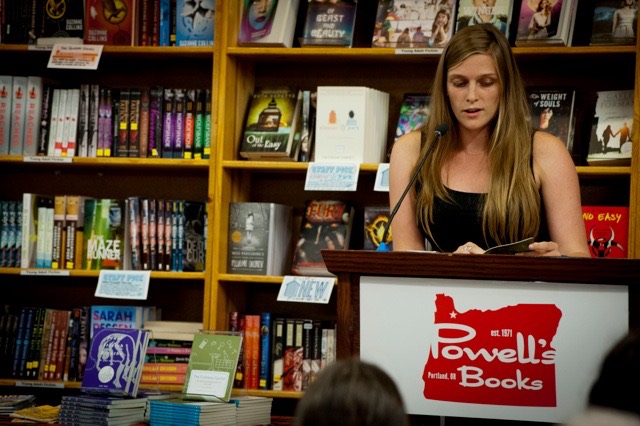 As I’ve been developing our
As I’ve been developing our 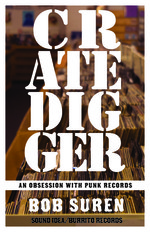
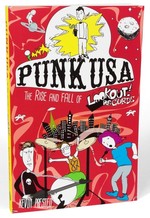
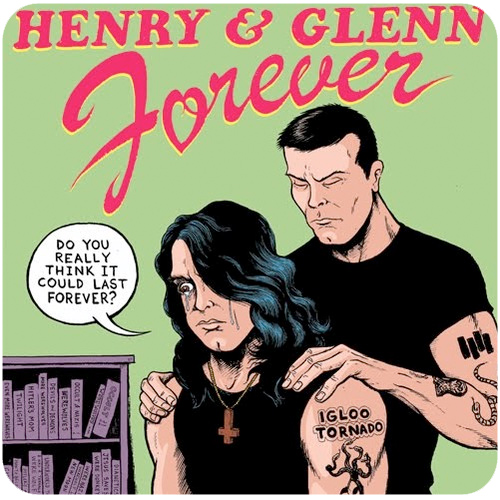

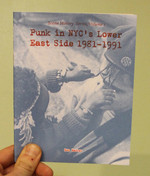
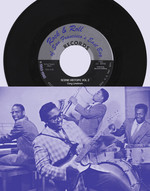
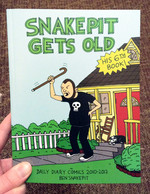


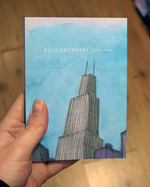
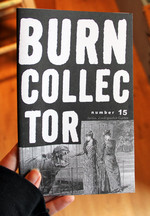
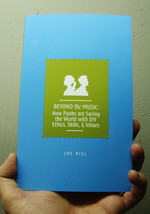
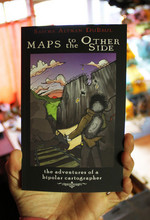
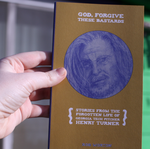

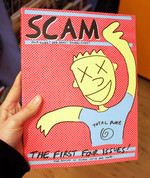
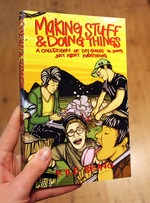
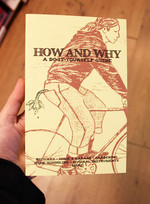
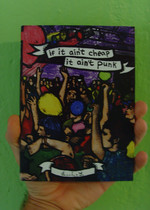
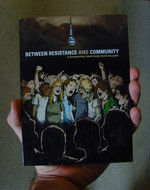
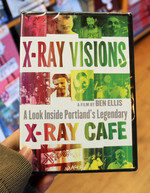

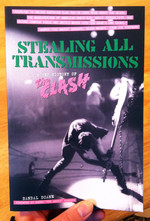
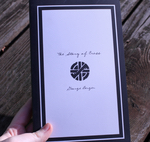
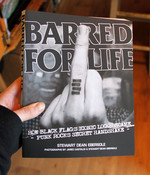
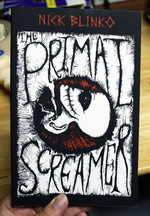
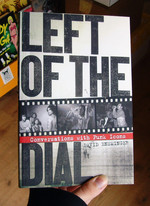
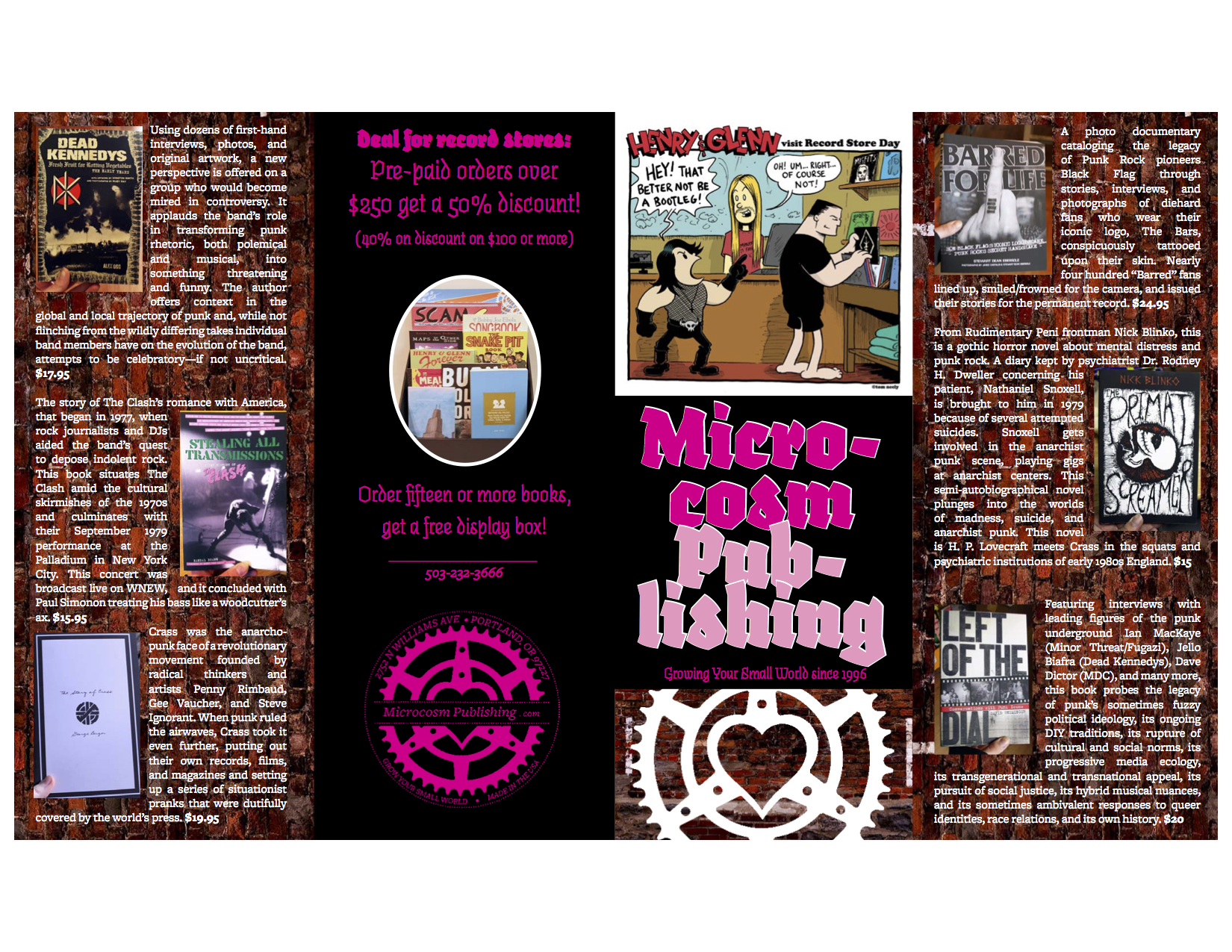
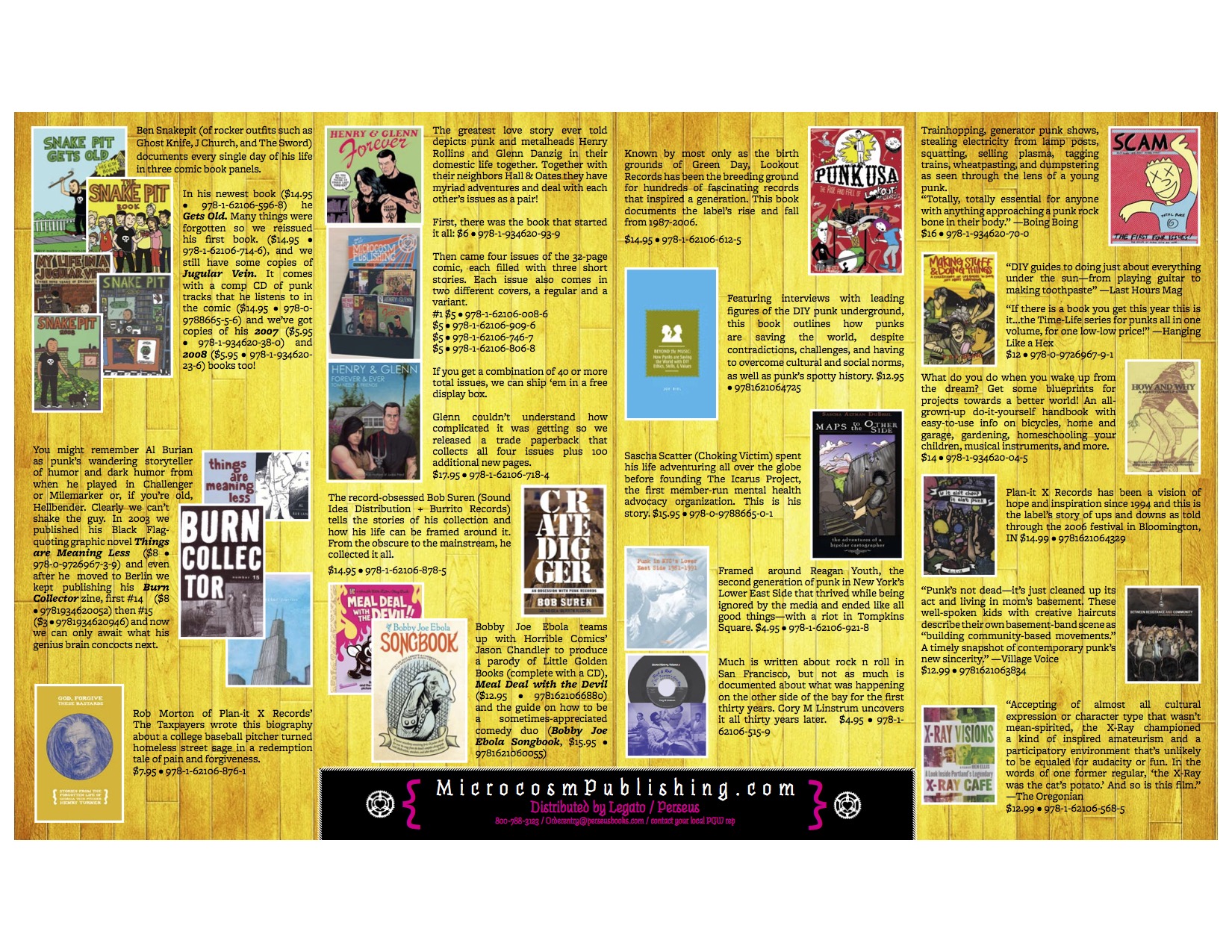
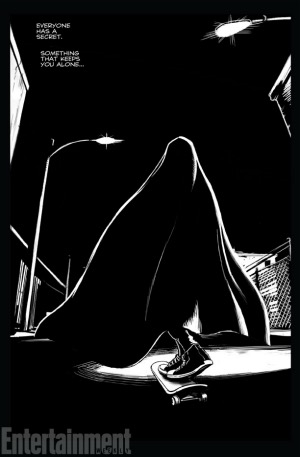 RMC is going monthly (turns out we’re all too busy producing media to consume enough of it to report on a weekly basis). So: here’s what we took in during the last month+.
RMC is going monthly (turns out we’re all too busy producing media to consume enough of it to report on a weekly basis). So: here’s what we took in during the last month+.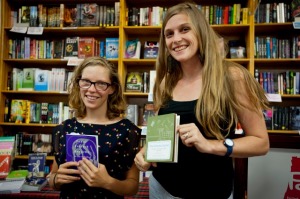 Hello again! This is a series for Microcosm authors (and other curious bystanders) about book marketing and publicity. The
Hello again! This is a series for Microcosm authors (and other curious bystanders) about book marketing and publicity. The 
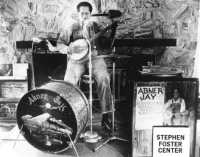
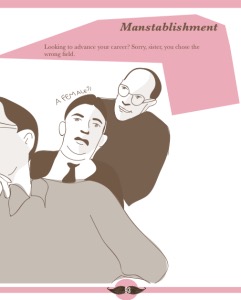 Here’s what’s been rocking our small worlds this week! (PS:
Here’s what’s been rocking our small worlds this week! (PS:  We’re Kickstarting again! This time the project is
We’re Kickstarting again! This time the project is 